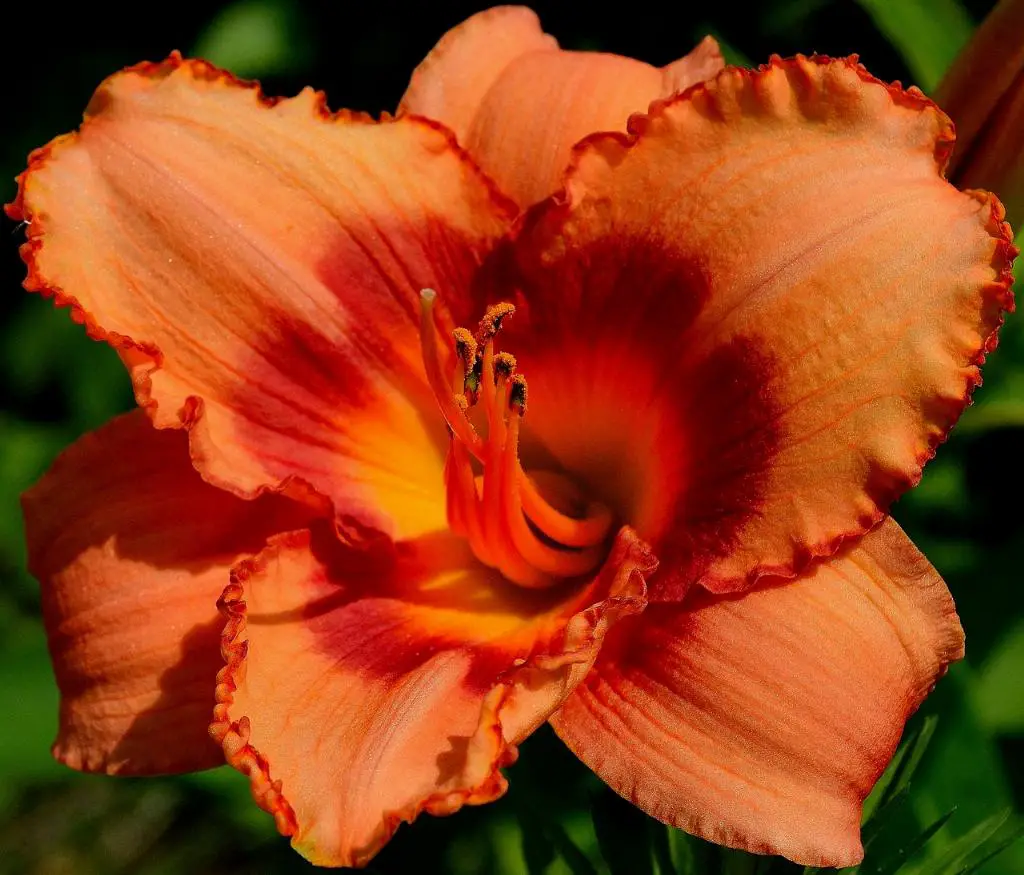Daylilies are not only beautiful flowers but also strong performers in any garden. Their vibrant colors and unique shapes can brighten up any landscape. One of the keys to maximizing the beauty of daylilies is to keep them blooming all summer long. In this article, we will delve into the essential tips and techniques to ensure your daylilies thrive and continue to produce gorgeous blooms throughout the summer.
Benefits of Deadheading
Deadheading, the practice of removing old flower stalks, is crucial for promoting continuous blooming in daylilies. By deadheading regularly, you can encourage the plant to divert its energy into producing new blossoms instead of seed pods. This simple technique can significantly increase the number of flowers you get from your daylilies over the summer months.
To deadhead a daylily, simply cut off the old flower stalk at the base using clean and sharp pruners. Make sure to remove the entire stalk to prevent any leftover seeds from forming. Deadheading should be done consistently throughout the blooming season to maximize flower production.
Watering and Soil Requirements
Proper watering is essential for daylilies to thrive. These plants prefer well-drained soil, so make sure not to overwater them. Water deeply but infrequently to encourage healthy root growth. Additionally, ensure that the soil around your daylilies is consistently moist but not waterlogged. A good rule of thumb is to water when the top inch of soil feels dry to the touch.
When it comes to soil, daylilies perform best in rich, fertile soil with a slightly acidic to neutral pH. Amending the soil with organic matter such as compost can improve its texture and nutrient content, providing the ideal growing conditions for your daylilies.
Fertilization and Feeding
Feeding your daylilies with the right fertilizers is key to ensuring robust growth and continuous blooming. Choose a balanced fertilizer with equal parts nitrogen, phosphorus, and potassium to promote healthy foliage and vibrant flowers. Apply the fertilizer in early spring before the growing season begins and again in midsummer to support blooming.
It’s also important to feed your daylilies regularly throughout the growing season to provide them with the nutrients they need to produce abundant blooms. A slow-release fertilizer can be a convenient option for ensuring a steady supply of nutrients to your plants.
Sunlight and Temperature Needs
Daylilies thrive in full sun to partial shade, so make sure to plant them in a location where they receive at least 6 hours of sunlight per day. Adequate sunlight is essential for the plants to photosynthesize and produce flowers. However, in hot climates, providing some afternoon shade can help prevent the flowers from fading and prolong blooming.
When it comes to temperature, daylilies are fairly resilient and can tolerate a wide range of temperatures. However, maintaining consistent temperatures in the range of 60-75°F (15-24°C) can encourage continuous blooming throughout the summer months.
Pest and Disease Management
Like all plants, daylilies are susceptible to pests and diseases that can hinder their growth and blooming. Common pests that may affect daylilies include aphids, thrips, and spider mites, while diseases such as leaf streak and root rot can cause damage.
To prevent infestations, it’s essential to inspect your daylilies regularly for any signs of pests or diseases. Implementing good gardening practices such as proper watering and adequate spacing between plants can help reduce the risk of infestations. If pest or disease problems arise, consider using organic remedies such as neem oil or insecticidal soap to control the issue.
Mulching Techniques
Mulching around your daylilies can provide numerous benefits, including conserving soil moisture, suppressing weeds, and protecting the plants’ roots from temperature fluctuations. Organic mulches such as shredded bark or compost can help improve soil structure and fertility while enhancing the overall health of your daylilies.
When applying mulch, make sure to spread a layer of 2-3 inches around the base of the plants, avoiding direct contact with the stems. Mulch should be replenished periodically to maintain its effectiveness and provide ongoing benefits to your daylilies.

Conclusion
Keeping your daylilies blooming all summer doesn’t have to be a challenge. By following the tips outlined in this article, you can ensure that your daylilies thrive and continue to produce stunning blooms throughout the growing season. From deadheading to proper watering, fertilization, and pest management, taking care of your daylilies can result in a beautiful and bountiful display of flowers in your garden.
Remember, each step plays a vital role in maintaining the health and vitality of your daylilies, so be sure to implement these practices consistently to enjoy a summer filled with colorful blossoms that will delight both you and your visitors.
